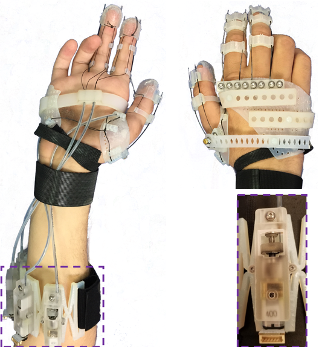Inventors at Georgia Tech have developed an automated robotic exoskeleton that allows the patients to perform rehabilitation within the home setting. The voice-activated device will enable patients to control the exoskeleton without relying on mechanical buttons. It automatically modifies the therapy plan as the patient progresses while relaying improvement data (quantitative performance metrics) to the medical provider through its integrated smartphone application. This invention has the potential to improve rehabilitation by allowing the patient to stimulate recovery by regularly performing exercises outside of the physical therapy clinic.
Importantly, the exoskeleton allows the patient to perform exercises at home that are recommended by the physical therapist who can monitor the patient remotely though the device’s integrated smartphone application.
- Voice-activated movement controlled by the patient
- Integrated smartphone application to recommend exercises and schedules
- Quantitative performance metrics and analysis sent to the physical therapist
- Customizable via 3D printing to accommodate various anatomies
- Patients suffering from upper body motor dysfunction: Stimulate recovery at home under the guidance of a medical provider
- Patients with degenerative diseases, stroke, and trauma injury: Ongoing recovery outside of the clinic
More than 20 million people in the US suffer from some form of motor disability often as a result of neurological conditions like cerebral palsy, Parkinson’s disease, stroke, spinal cord injury and multiple sclerosis. Rehabilitation via physical therapy is standard of care and vital for recovery, but improvement is often slow due to limited availability of therapy sessions. Hence, there is an unmet medical need to increase the frequency of therapy for patients suffering from motor impairment to provide faster recovery and improved quality of life.

